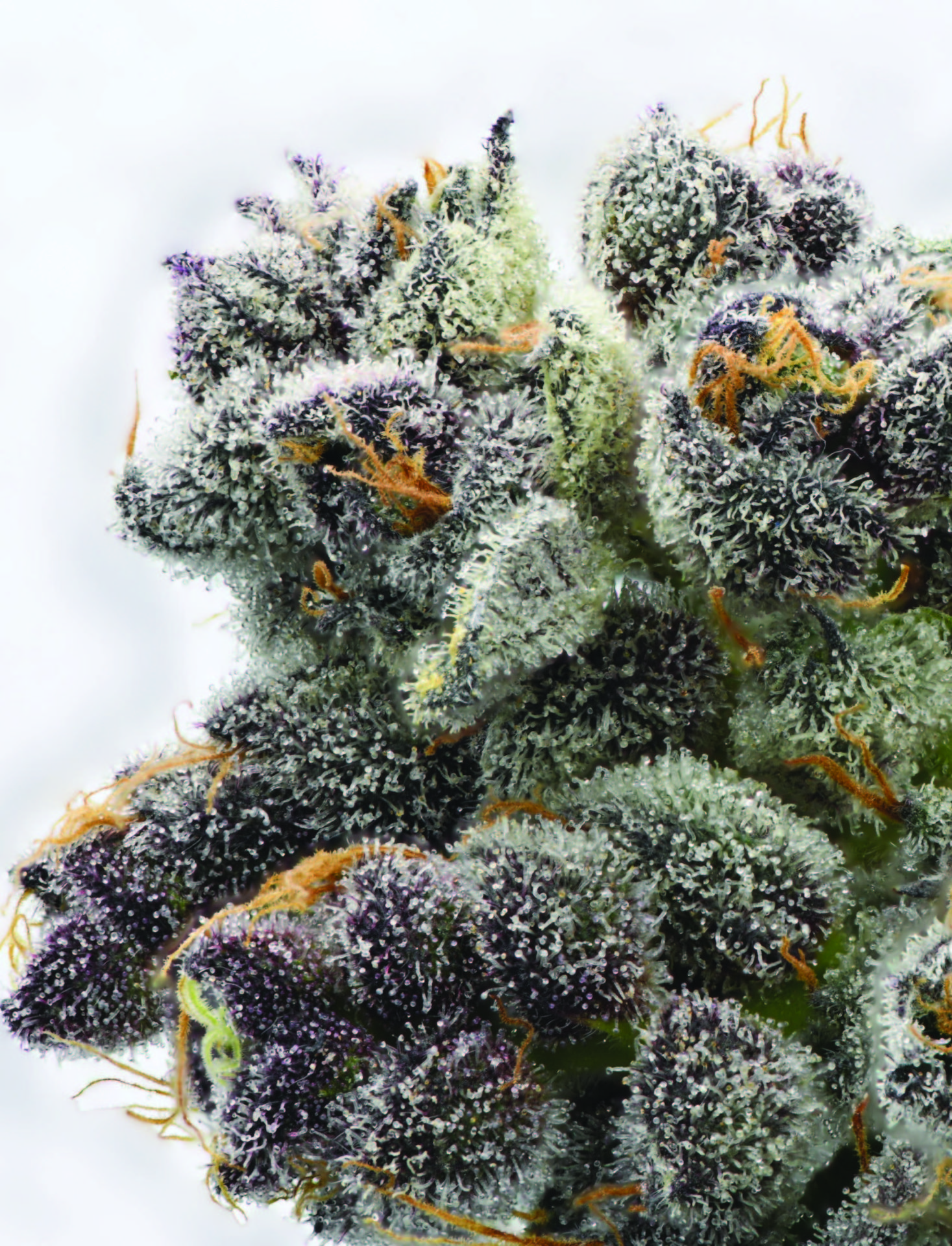
By Dominick Vitelli
The illegality of cannabis is outrageous, an impediment to full utilization of a drug which helps produce the serenity and insight, sensitivity and fellowship so desperately needed in this increasingly mad and dangerous world.” -Carl Sagan
Only those passionate about cannabis should pursue careers in the industry. Cannabis is an amazing plant that grows in many different conditions, and is incredibly resilient. Despite its resilience, there is a huge difference between keeping a plant alive through the entire cycle and growing quality cannabis with sufficient yield – it’s like night and day – especially with the restrictions the DOH has imposed upon the program. The New Mexico Medical Cannabis Program currently has over 50,000 patients enrolled and the amount of available medicine is not meeting demand. This shortage coupled with incredibly high prices is deterring patients from seeking their medicine at a licensed dispensary. This shortage was formally confirmed in a survey appointed by the NM Department of Health in 2013. February of the following year (2014), the DOH addressed and offered plant increases as well as license expansion as a solution to the issue. Since the program’s initiation in 2007, the number of patients has grown from 6,000 to over 50,000 as of March 31, 2018. That being said, let’s look at plant count increases for that growing need: In 2009 plant count was set at 95 plants, and has only been increased twice. The first increase was to 150 plants in 2010, and then to 450 plants as of 2015. Three years ago, there was around 10,000 patients registered in the program. The plant total limit has remained untouched by the NMDOH while patient membership has increased exponentially, an additional 40,000 patients having been added to the program since the last plant limit increase. Ultra Health came to bat for patient rights by filing a grievance against NMDOH in 2016 to ensure an adequate supply of medical cannabis. They have a history of battling with the rigid NMDOH and, because of this, are not shy about advocating for patient rights. Their CEO continues to fight for plant increases as they (along with everyone else) fail to meet patient demand. At this point plant increases for licensed entities are a necessity if the DOH wishes to eliminate black market sales. Membership is anticipated to hit 65,000 patients before December, and patient sales are being estimated to reach $105 million by the end of 2018. Many might see this as adequate revenue for our state. Although, it is likely that if the existing 35 licensed producers were permitted to grow a sufficient amount that fully satisfied medical demand, the sales from 65,000 patients could amass to over $200 million annually, doubling current projected revenues. Colorado has been able to achieve some amazing things as far as renovations to their roadways, schools, and even homes being built for the homeless. All these perks due to revenue made from efficient regulation. A benefit New Mexico could greatly benefit from if allowed plant increases. These plant increases would also allow licensed entities some reprieve from the harsh fees associated with the industry. Many see the industry as a license to print money, which is obviously a misconstrued response. To better understand this last point, in speaking to several licensed entities, it was found that they pay $90,000 per year in re-licensing fees, $10,000 annually for a required third party audit, $10,000-$20,000 per month in required testing, not to mention the “cannabis tax,” an upcharge generally seen from contractors and subcontractors simply because it’s the cannabis industry. All of these obstacles and hardships combined with the lowest plant count in the country, 450 plants as of 2015. To put the last point in context, in Colorado, with the number of patients currently enrolled in New Mexico, dispensaries would have the right to grow over 40,000 plants, with a re-licensing fee of $1600 per year. So, in Colorado the cost per plant would be less than $0.04 per plant, while in New Mexico it is $200 per plant. Why is this important? Because it is difficult to grow efficiently, provide sufficient supply, and have the variety of strains necessary to satisfy the patient demand while also meeting a comfortable price point. Prices of medicine in New Mexico have been kept exponentially high due to restrictions imposed by the Department of Health, causing additional hardship for patients enrolled in the program who are responsible for purchasing their medicine without insurance support. Each gram of medical cannabis in New Mexico averages around ten dollars, meaning the price per ounce of medical cannabis is roughly two hundred and eighty dollars. Once again, in comparison with a neighboring state, Arizona sells ounces of medicinal cannabis for the low price of $80 dollars or approximately $3 dollars per gram. In addition, New Mexico Department of Health forbids manufacturers from granting reductions on price with greater amounts of medicine purchased, a perk granted in other medical and recreational states. Therefore, the DOH is taking in ridiculous fees, and giving nothing back to its patients. As of August, 2016 renewal fees from licensed producers amassed $8.6 million dollars that NMDOH has collected. The annual renewal fees cost between forty and ninety thousand dollars. These fees are to be collected every August and is necessary if providers wish to partake in the program. Many providers are struggling with meeting these rigid monetary demands, and in turn, are not producing the maximum number of plants allowed. Simply because they can’t afford to pay the fees associated. Arizona’s medical cannabis program, allows a limitless amount of plants and only requires producers to pay $1000 each year to recertify. Clearly New Mexico is struggling to perfect its program. So, doubling back to the limited plant count, where are we now? The most recent news regarding the thirty-five viable manufacturers in New Mexico is that they registered under fifteen thousand plants for medical cannabis agriculture, demonstrating a meagre seven percent growth in plants permitted as of August 1, 2016. Two years and no change in the medical marijuana plant count regulation. Meanwhile, during this two-year period, the quantity of patients in our medical cannabis program has doubled. A program increase of only 7 percent in plants permissible for cultivation is worrisome, as as pleas for more medicine by those in the program remain on the rise. The restricted number of plants must remain unaffected until next year, July 31, 2019 to be exact. This is when the producers must do their annual recertification. Meanwhile, the New Mexico Department of Health has not released any plans to increase plant count once again. They must act fast; an expected 75,000 patients are predicted to be enrolled before that recertification date. Will the medical cannabis patients in New Mexico receive the care they deserve from their DOH? We will have to wait and see


















